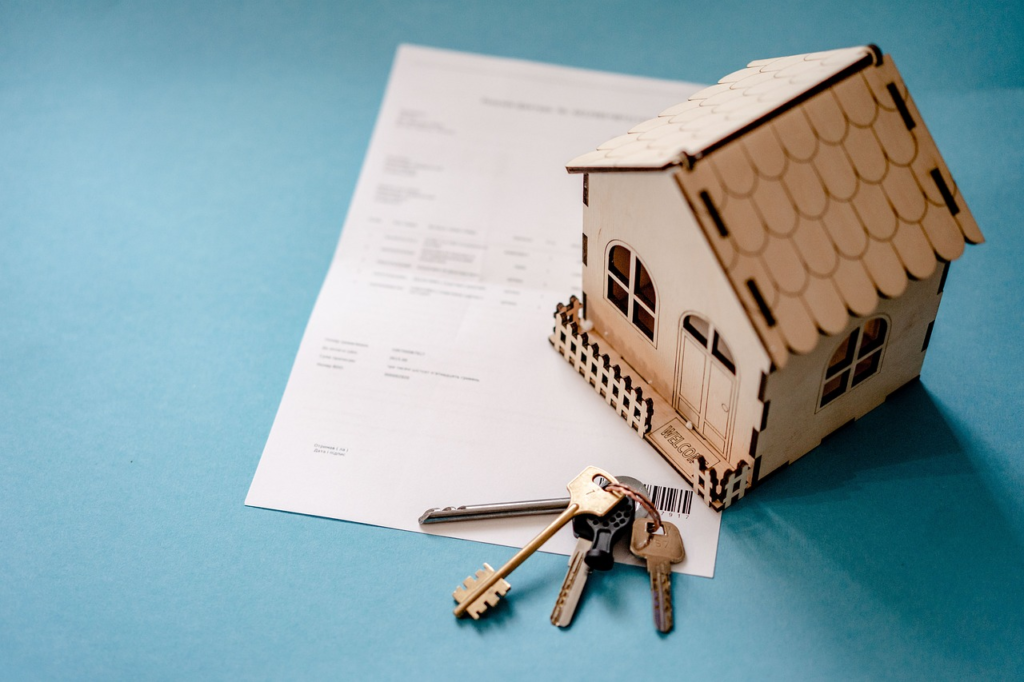Introduction
Rental property insurance, also known as landlord insurance, is essential for property owners who lease out their homes, apartments, or condos. Unlike homeowners insurance, which covers owner-occupied properties, rental property insurance is specifically designed to protect the unique risks associated with rental properties. This comprehensive guide explores the key aspects of rental property insurance, helping landlords understand why it’s a crucial investment.
Coverage for Property Damage
One of the primary components of rental property insurance is coverage for property damage. This typically includes protection against risks such as fire, lightning, wind, hail, and certain types of water damage. Depending on the policy, landlords may also be covered for vandalism and theft. It’s important to note that this insurance covers the building itself and any structures on the property, such as garages or sheds, but it does not cover the tenant’s personal belongings.
Liability Protection
Liability protection is another critical aspect of rental property insurance. This coverage can help protect landlords from legal and medical expenses if someone is injured on their property. For instance, if a tenant or visitor slips and falls due to a maintenance issue, the liability portion of the insurance can cover the resulting medical bills and legal fees. This protection is vital for landlords to safeguard their financial interests against potential lawsuits.

Loss of Rental Income
Rental property insurance often includes coverage for loss of rental income. If a covered event, like a fire or severe storm, makes the property uninhabitable, the insurance policy can compensate the landlord for the lost rental income during the repair period. This feature ensures that landlords can continue to meet their financial obligations even when their rental property is temporarily out of commission.
Additional Coverages
Landlords can enhance their rental property insurance with additional coverages tailored to their specific needs. Optional coverages might include protection against flood damage, which is typically excluded from standard policies. Earthquake coverage is another option for landlords in seismically active areas. Some insurers also offer extended protection for appliances, providing coverage for mechanical breakdowns that standard policies do not cover.
Choosing the Right Policy
Selecting the right rental property insurance policy involves assessing the unique risks associated with the property and the landlord’s specific needs. Factors to consider include the property’s location, age, and condition, as well as the landlord’s budget. It’s advisable to work with an experienced insurance agent who can help identify the appropriate coverages and policy limits to ensure comprehensive protection.
The Importance of Regular Reviews
Rental property insurance is not a set-it-and-forget-it type of coverage. Landlords should regularly review their policies to ensure they continue to meet their needs as circumstances change. Regular reviews can help identify gaps in coverage and provide an opportunity to update the policy to reflect changes in property value, improvements, or increased rental income. Keeping the insurance policy up-to-date ensures ongoing protection for the landlord’s investment.
In conclusion, rental property insurance is a vital tool for landlords, providing essential protection against property damage, liability, and loss of rental income. By understanding the key components and regularly reviewing their policies, landlords can ensure they have the right coverage to protect their investments and maintain financial stability.
